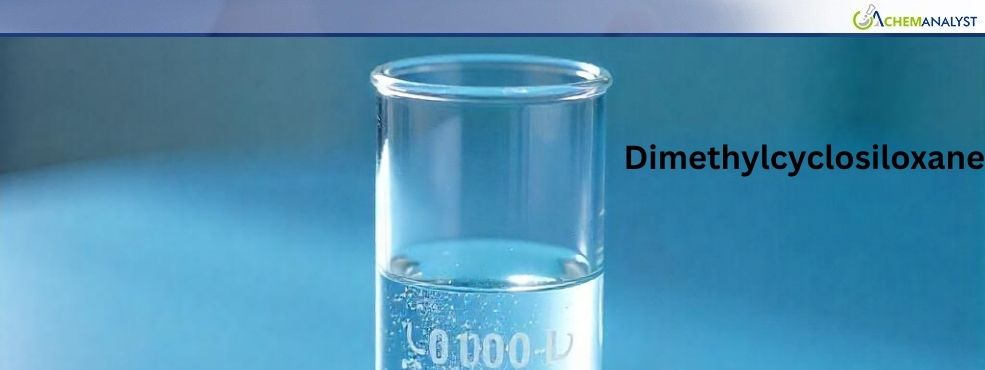Welcome To ChemAnalyst

During May 2025, Dimethylcyclosiloxane (DMC) markets across all major world regions exhibited contrasting patterns, with distinct differences in supply-demand relationships and sector influences. The practical effect was a price increase of DMC in China and India, while the U.S. market experienced a slight decrease in price.
In India, DMC prices increased by 1.7% in the month of May. This increase was driven by restocking in the automotive industry as well as higher prices in import costs from China. There was a lower price of silicon metal upstream; however, manufacturers faced freight pricing and congestion at ports that caused availability to be tighter domestically. The increase in DMC prices was further related to an increase in demand, especially by those restocking, such as OEMs and players in the lubricant segment. However, demand relapses were realized by commercial vehicles and the construction energy section, which limited the offtake somewhat, limiting the recovery in demand and pace of price increase.
DMC pricing in China suddenly surged to 7.6% due to increased domestic and regional demand. Passenger vehicle sales experienced a year-on-year increase of 13.9%, boosted by demand for silicone-based applications in the new energy vehicle (NEV) space. A higher new orders index showed manufacturing sentiment remains stable, with supplier delivery times also solid. Construction activity experienced a minimal decrease but was still above the expansion threshold, which ensured baseline demand levels remained fragile. Increasing amounts of regional restocking of DMC by other countries in Asia provided additional support for export demand, squeezing producers into tighter inventory cycles, which added additional upward pressure on prices.
The U.S. market, in comparison, had a 0.7% reduction in DMC prices. Despite a slight increase in silicon metal costs, production efficiency gains and optimized feedstock use minimized cost impacts. The main reason was oversupply, with production staying constant as demand growth essentially stalled. A modest increase in vehicle sales of 0.35% gave some limited support. Demand for DMC from the construction sector fell noticeably due to bad weather and the fact that buyers had enough material and were cautious in buying. Exports were steady in Latin America and Asia, but they were not enough to make a dent in the domestic oversupply, and mild downward pricing pressure persisted.
Overall, May 2025 showed that the regional influences of automotive sector trends, import/export dynamics, and supply chain logistics played an important role in the path and direction of DMC pricing across global markets.
We use cookies to deliver the best possible experience on our website. To learn more, visit our Privacy Policy. By continuing to use this site or by closing this box, you consent to our use of cookies. More info.
